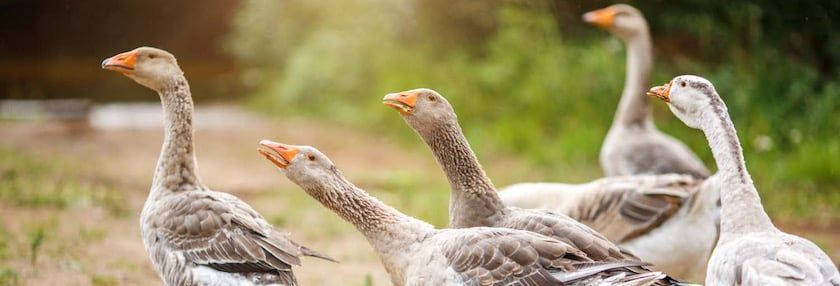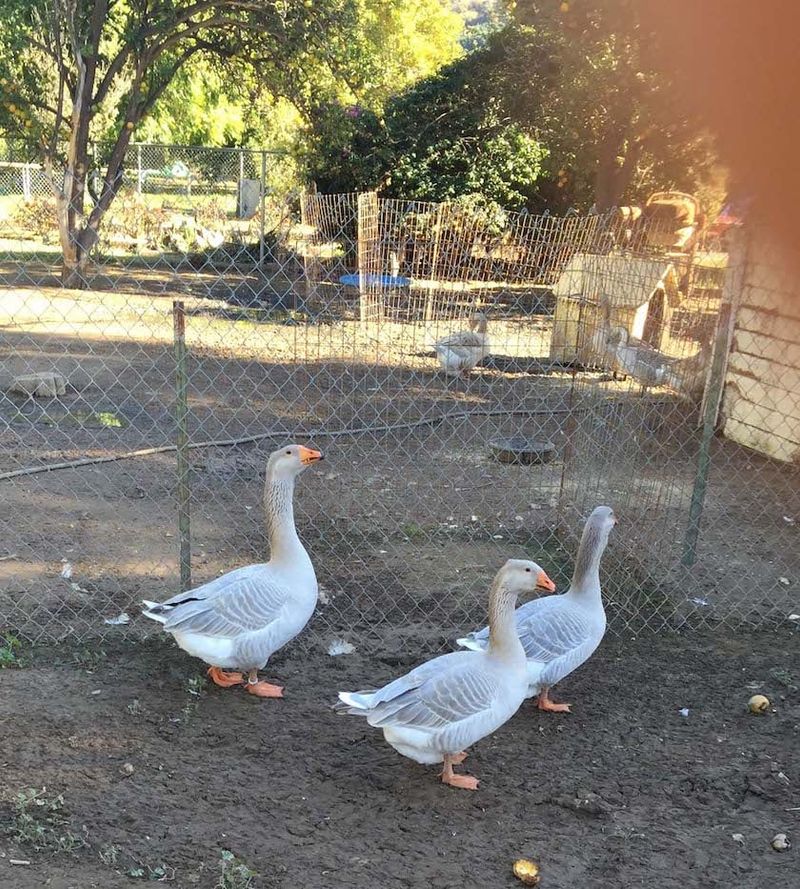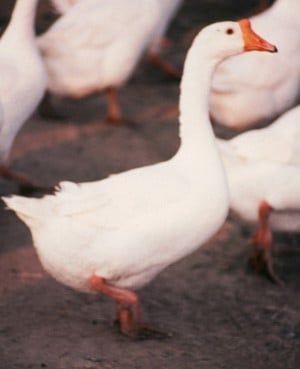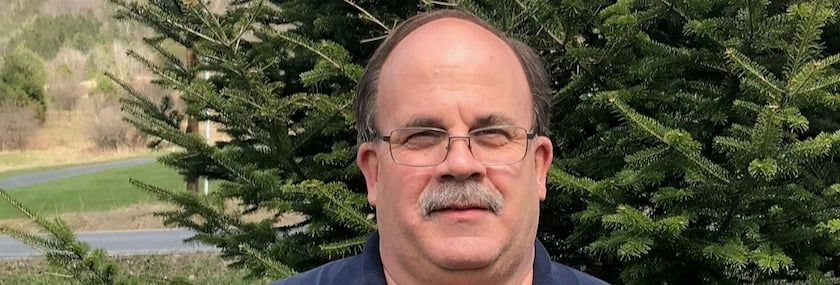Geese: Beautiful, and Smart, Too


Gather a gaggle of geese for your yard
Geese, long ago domesticated and a companion to human agriculture, are losing ground. Backyard chickens are popular and easy to keep, but breeding geese is a different commitment. They require lots of time, feed, and space to grow and mature.
With that said, when I started showing in the early 1970’s in the Northeast, it was not uncommon to see robust classes of geese shown by the likes of Henry K. Miller, Porter Pepperdine, and Dom Blodget, among others. Viewing these large classes was certainly something to behold (as was the noise!).
The American Poultry Association recognizes 12 breeds of geese in three classes: Heavy, Medium, and Light. Additionally, by age, geese are classified as: old gander (over one year), old goose (over one year) young gander (under one year), and young goose (under one year)
Okay, why geese?
Geese are generally hardy and easy to manage and are naturally resistant to maladies that afflict other poultry. They are grazers, fully vegetarian. As social birds, they form a cohesive gaggle, on the ground.
Domestic geese retain some ability to fly, but they need time to take off and a clear runway. With a happy home and comfortable living conditions, they are unlikely to present any problem by taking to the air.
Geese are protective and noisy, making them effective watchdogs: they announce the presence of strangers. They are protective of the flock. Geese can mate for life and usually make good parents.
Geese are also comical, inquisitive, and adaptable and are fun to have around. Some have equated geese to having a dog.
Common breeds
The three heavy breeds recognized by the APA for exhibition, African, Embden and Toulouse, are impressive, stately birds, weighing 18 to 26 pounds. All have long histories in America and were included in the first Standard of Excellence in 1874.
The recognized medium geese include the American Buff, Pilgrim, Pomeranian, Sebastopol and Steinbacher. Their weights range from 12 to 18 pounds.
Recognized light geese, the Chinese and the Tufted Roman, weigh 10 to 12 pounds. The two recognized ornamental geese, the Canadian and the Egyptian, have been tamed from the wild but are not truly domesticated. They are not classified by weight. The Egyptian is not a true goose—it’s biologically classified as a Shelduck.
Chinese and African Geese are descended from the wild Asian Swan Goose. American Buff, Pomeranian, Sebastopol, Embden and Toulouse are descended from European Graylag Goose. All show some influence of the wild Bean Goose. Pilgrim Geese are a modern composite developed from traditional Gray Geese and the old West of England Geese.
Autosexing
Females and males of most breeds are similar to each other, but in autosexing breeds the sexes have different plumage. This is known as sexual dimorphism. Ganders are white and hens are solid color or saddlebacked. Saddleback means that the shoulders, back and flanks are colored, in contrast to the white body.
Pilgrim geese are the only APA-recognized autosexing breed.
Conventional (non-auto-sexing) Breeds
Heavy Class
African Geese have the recognizable knob on their heads, between their eyes. The knob develops to its full size over several years. Although generally males are larger and have larger knobs than females, this is not a reliable way to sex African Geese. They vary too much in size. African Geese also have a dewlap, a bag of skin hanging down under the chin.
African Geese are recognized in the Brown color pattern and in solid White. The Brown have black knobs and the Whites have orange knobs. The Brown are abundant, but the White variety is rare.
Embden (or Emden) Geese are the commercial goose that makes its way to the supermarket. Embdens are big white geese and grow rapidly to their full size, 16 to 20 pounds for a young goose. Old geese range from 20 pounds for a female to 26 pounds for ganders. This goose feeds a large family at holiday dinners.
Toulouse Geese are the dignified ladies and gentlemen of the barnyard. Their patient temperament makes them inclined to gain weight, going beyond the top exhibition weight of 26 pounds for ganders and 20 pounds for geese to 30 pounds or more. Toulouse Geese are the traditional goose used in France to make pate de foie gras. Force-feeding geese to develop the fatty livers used in making the delicacy has attracted the attention of animal advocates. Local bans remain controversial.
Buff and Gray color varieties are recognized by the APA.
Medium Class
American Buff Geese have the colorful plumage that reflects their name. They are hardy and their light color makes their carcasses easy to dress out without dark pinfeathers.
Pomeranian Geese are a historic German breed. Gray Saddleback and Buff Saddleback varieties are recognized. True Pomeranians are distinguished by their pink, not orange, bills and pink legs and feet. They have a single, not double, lobe.
Sebastopol Geese have long, curling feathers. Breeders have developed those feathers over the years by selective breeding. They are a good utility breed, but their unusual appearance attracts owners who are inclined to keep them as ornamental birds.
Steinbacher Geese have a long history both in Germany and the U.S as fighting geese, which is now against the law. Geese have been fought for sport, as chickens have been.
Light Class
Chinese Geese have a knob, like the African, but are much smaller. Outside the laying season, their slim silhouette has no lobe, which the hens develop at that time. Brown and White varieties are recognized for exhibition. Geese have not been domesticated for egg production, but Chinese geese are the champions for egg laying.
Tufted Roman Geese are named for the round tuft of feathers on their heads which is present from hatching. They have a compact body without keel, lobe or dewlap and make a good roasting bird, despite their relatively small size. They are available in several colors, although White is the only recognized color.Their eyes are blue, and bill and legs and feet may be pinkish or reddish orange.
Canada Geese are the familiar wild birds, which adapt to captivity well. They breed well but retain some wildness. They may be violent defenders of their pens during spring and summer months. Many subspecies exist and are raised, but the Eastern or Common variety is the one recognized for exhibition. Their wings must be trimmed annually, after each molt, to keep them from flying away—a contented flock will stay put, but youngsters may be attracted to join passing wild flocks.
Egyptian Geese are actually Shelducks, a subfamily in the duck, goose and swan family. They are the smallest of the recognized breeds and the smallest geese raised domestically. Like the Canada Goose, Egyptian Geese still live in their natural habitat south of the Sahara in Africa and in the Nile Valley. They are aggressive defenders of their territory during breeding and nesting season. Their Brown color pattern is unlike any other geese: a reddish-purple bill, orange eyes and glossy, iridescent plumage.
While the days of huge classes of geese in the showroom are largely a thing of the past, which is a shame, raising geese on the homestead seems to be alive and well which is great to see and hear. Geese are both challenging and rewarding and if you have the room, give them a try. I don’t think you will be disappointed.
Steinbacher geese

Steinbacher Geese bred by former APA President Dave Anderson. The two females in front were in the champion trio at the Central Coast Feather Fanciers (Paso Robles) show a couple of years ago. One was Grand Champion of the entire show. “The male in back is as good a Steinbacher as I have ever owned,” he said. “He was never shown, because he was too valuable as a breeder.” (Dave Andrson photo)
Buff Goose
A fine representative American Buff Goose. Buffs are the largest of the medium goose class and were recognized by the APA in 1947. This goose, Hootie, was Champion Goose and Reserve Champion Waterfowl at Shawnee, OK the year this picture was taken. She is semi-retired now. “All she has to do is breed, if she's of a mind to,” says owner Kathy Hopkins. “Hootie has been a valuable asset to us, as well as an old and dear friend.” (Kathy Hopkins photo)
Toulouse geese

The Toulouse is recognized in two varieties. The Gray (shown here) and Buff, The gray was recognized in the first APA Standard of Excellence in 1874 and the Buff in 1977. (Metzer Farms photo)
Sebastapol goose

Originating in Southern Europe, this medium class goose is popular in the US and was recognized by the APA in 1938. Pictured is “Leroy” bred and owned by Matt and Sarah Kmetetz.
White Chinese

Chinese geese are considered ornamental, but they are good egg layers. (Metzer Farms photo)
Tags:Plain Talk

Chicken Whisperer is part of the Catalyst Communications Network publication family.











